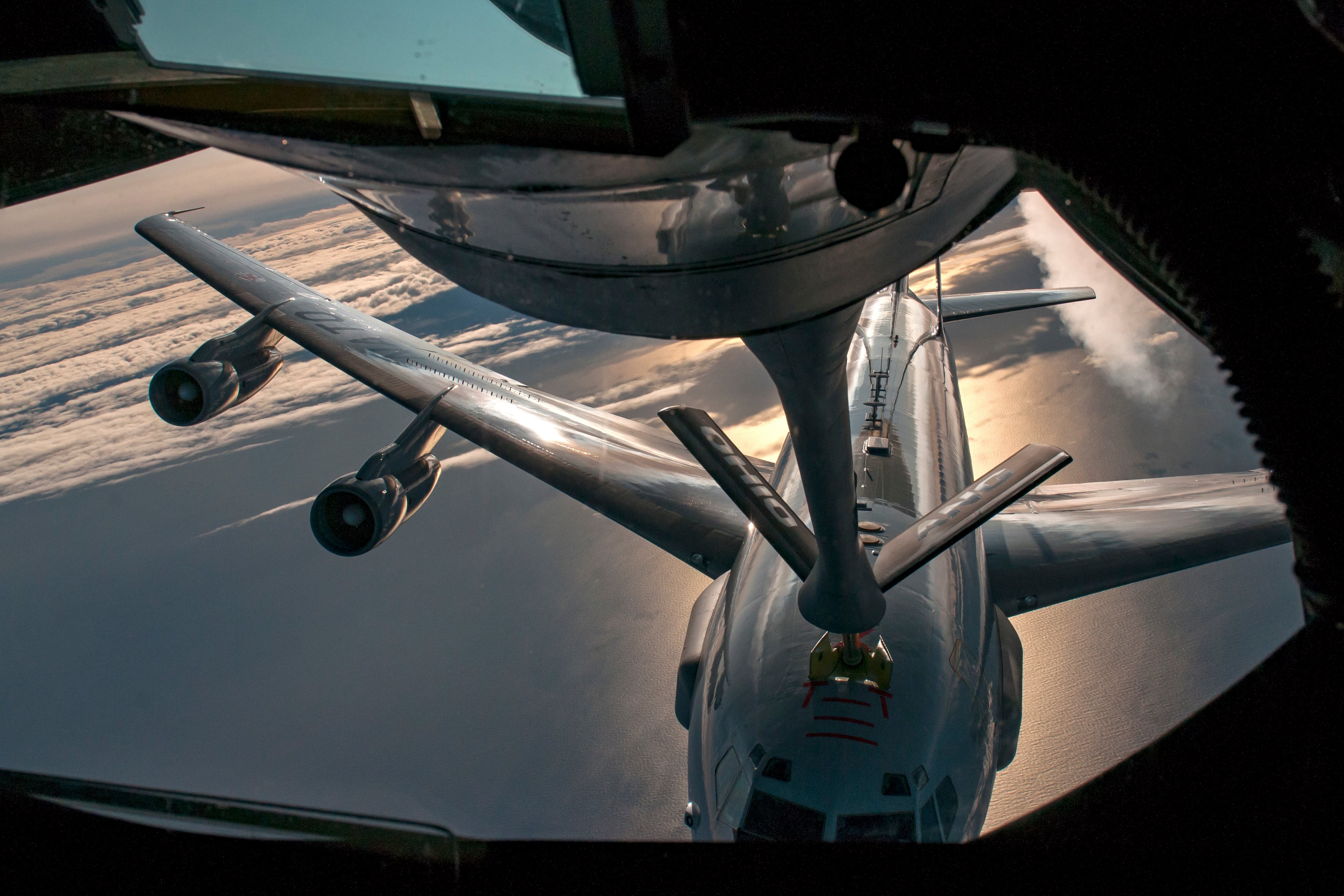WASHINGTON — Delays in developing and fielding the U.S. Air Force’s new KC-46 tanker are aggravating the existing aerial-refueling shortfall, and the situation could get even worse if the service sticks to its plan to retire legacy tankers, the head of U.S. Transportation Command said Tuesday.
“We’ve got to figure out a way to mitigate the delayed fielding of the KC-46,” Army Gen. Stephen Lyons said Jan. 28 at the Atlantic Council think tank in Washington. “Because that delay is built in, and the Air Force had already planned on the retirement of some number of KC-135s and KC-10s, if we’re not careful we’re going to see a dip … in taskable tails for the joint force.”
Even though the Air Force is accepting deliveries of the KC-46, its leaders have made clear that the service will not utilize its newest tanker in combat until the remote vision system — a series of cameras used to steer the boom into another aircraft’s refueling receptacle — is brought up to the service’s specifications. Those hardware and software changes are still under negotiation between the Air Force and KC-46 manufacturer Boeing, and could take two to three years to solve, Air Force officials have said.
RELATED

The Air Force said its assessments show the service needs 14 more tanker squadrons by 2030 to meet the threats posed by China and Russia. But in the meantime, the aerial-refueling fleet continues to be the most stressed asset in U.S. Transportation Command’s portfolio, Lyons said Tuesday.
Some within the Defense Department have advocated for keeping legacy tankers around longer to help bridge the gap. Early last year, Lyons told Congress that the Air Force was considering keeping as many as 28 KC-135s. In December, Air Mobility Command deputy commander Lt. Gen. Jon Thomas said the Air Force was debating keeping 14 KC-135s as part of the fiscal 2021 budget.
However, the Air Force is also under pressure to cut spending on legacy platforms to cover the cost of future priorities like joint all-domain command and control. Furthermore, the smaller KC-10 fleet is rumored to be one of the platforms under consideration for a speedier-than-planned retirement.
One way the Air Force is considering mitigating the KC-46 delays is to purchase aerial-refueling services from defense contractors. Air Mobility Command held an industry day with interested vendors in December to discuss potential business models for an agreement and to get a better sense of what is available.
Lyon said it was “worth a look” at whether the U.S. military could lease aerial-refueling aircraft to take pressure off the military’s tanker fleet and help restore readiness.
“We are looking at that, actually, but I haven’t seen the business case on that yet,” he said, adding that there would be limits on how the military would use contractor-owned tankers. “You certainly wouldn’t want to employ that capability in a contested environment or a combat environment.”
Valerie Insinna is Defense News' air warfare reporter. She previously worked the Navy/congressional beats for Defense Daily, which followed almost three years as a staff writer for National Defense Magazine. Prior to that, she worked as an editorial assistant for the Tokyo Shimbun’s Washington bureau.






